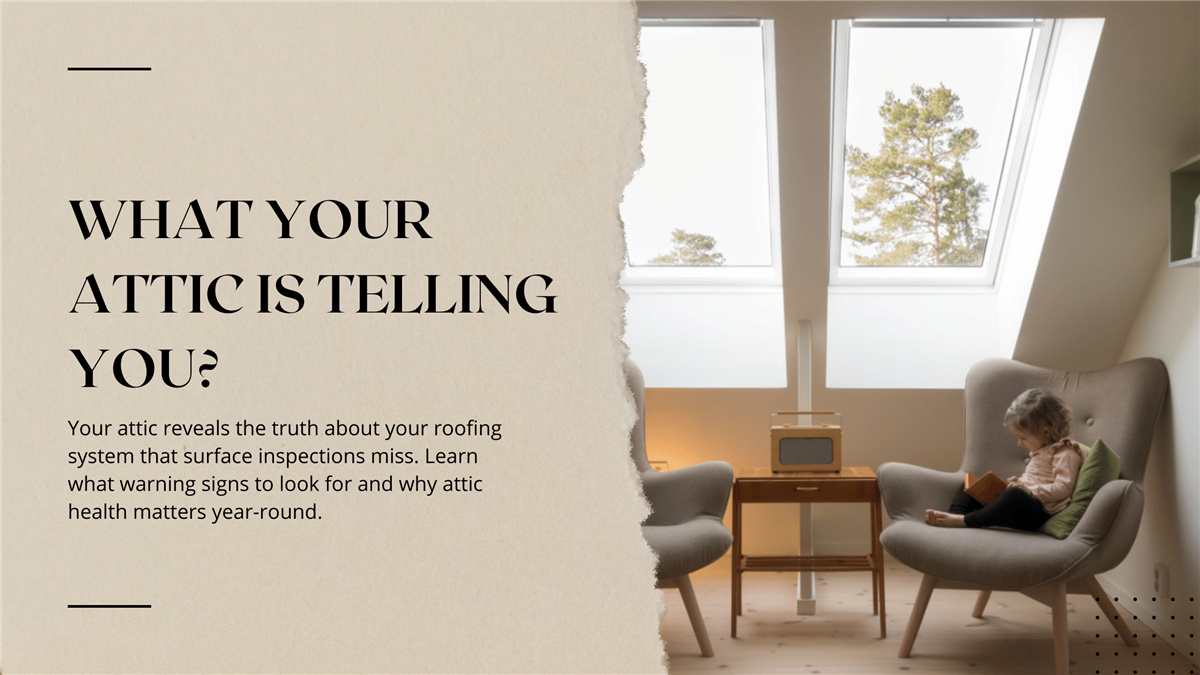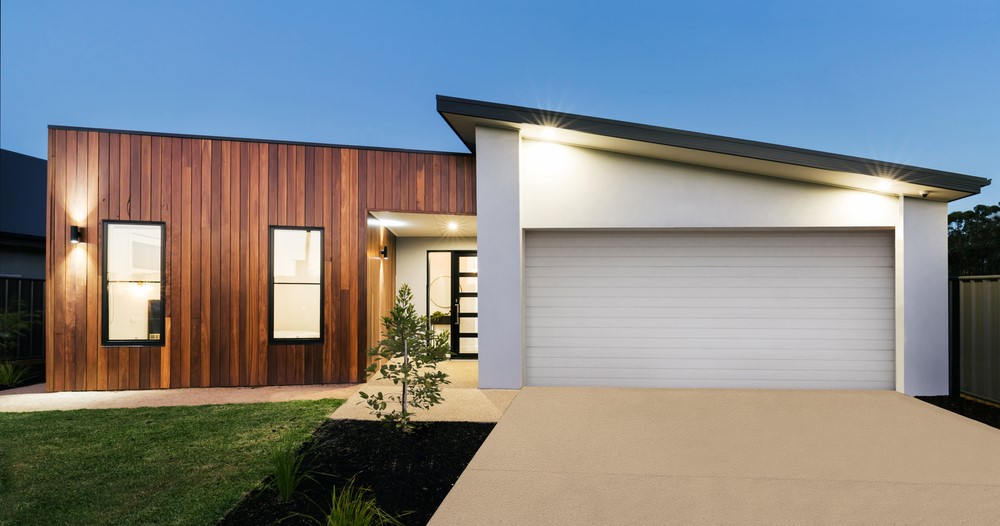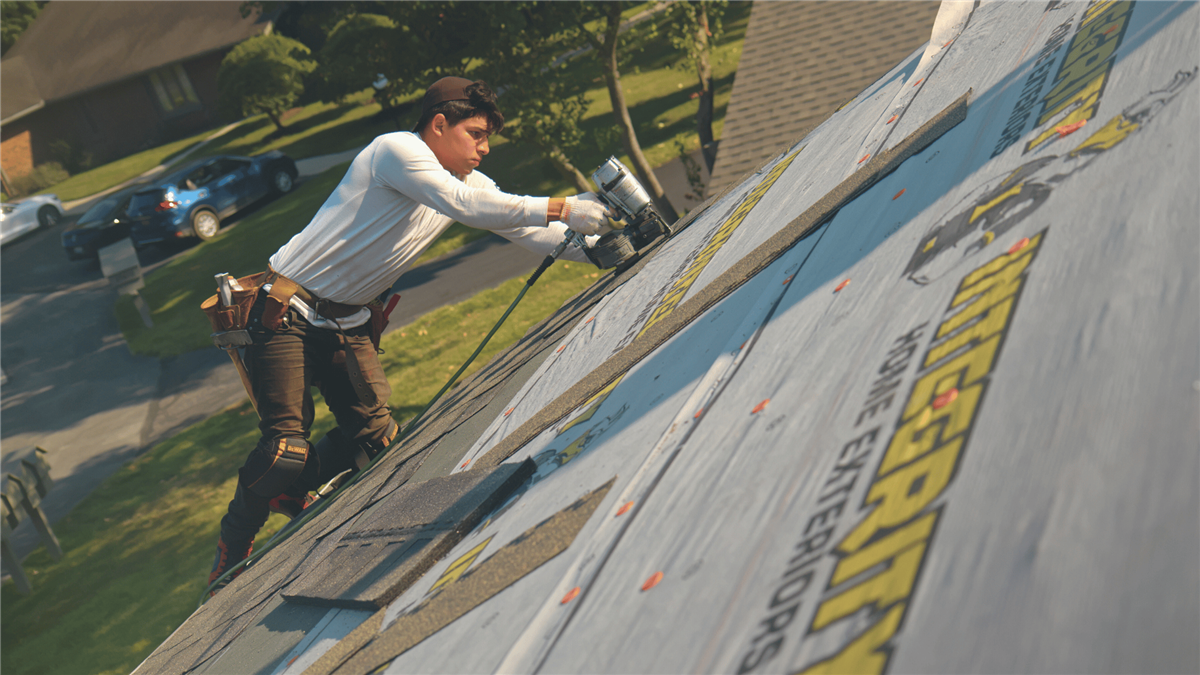Imagine your dream home. Is it a cozy cottage with a classic gable roof nestled among the trees? Or perhaps a sleek, modern dwelling with a striking flat roof that blends seamlessly with its surroundings? The roof is more than just a protective covering; it's a defining feature that shapes your home's character and curb appeal.
Today's homeowners have an incredible array of roofing styles to choose from, each with its own unique blend of aesthetics, functionality, and historical significance. Let's embark on a journey through the world of roof styles, exploring the timeless charm of traditional options and the innovative spirit of modern designs.
What does your ideal roofline look like? Does it evoke a sense of nostalgia and tradition, or does it embrace the clean lines and minimalist aesthetic of contemporary architecture?
A Nod to the Past: Exploring Traditional Roof Styles
Traditional roof styles have graced homes for centuries, enduring the test of time and embodying a sense of history and heritage. Here are a few beloved classics:
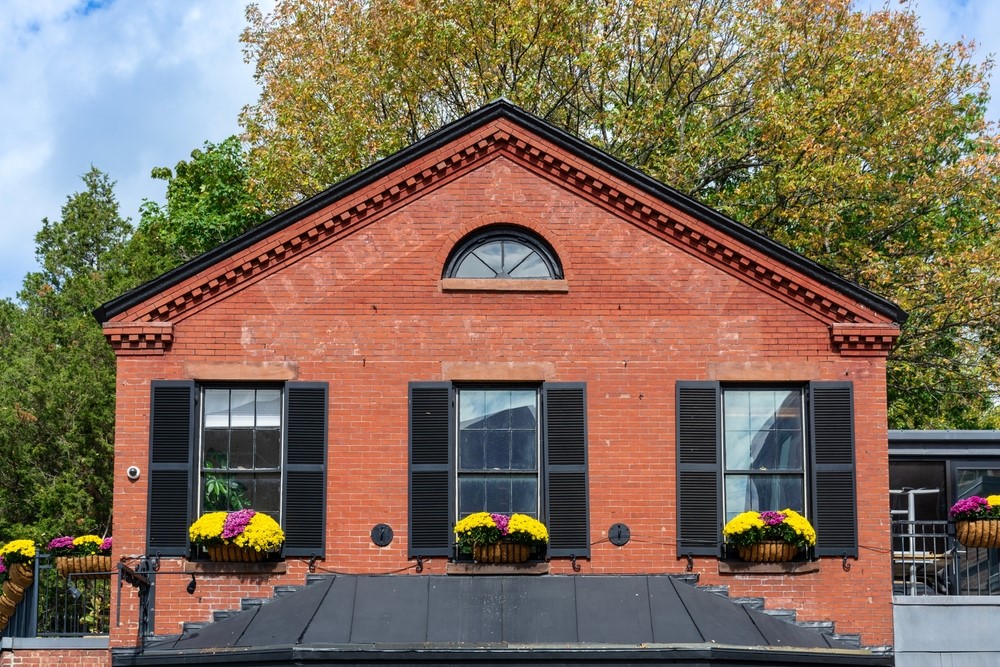 | Gable Roof: This iconic triangular roof is one of the most recognizable and popular styles. Its simple design is characterized by two sloping sides that meet at a central ridge, creating a classic A-frame silhouette. Gable roofs are known for their efficient shedding of rain and snow, making them a practical choice for various climates. |
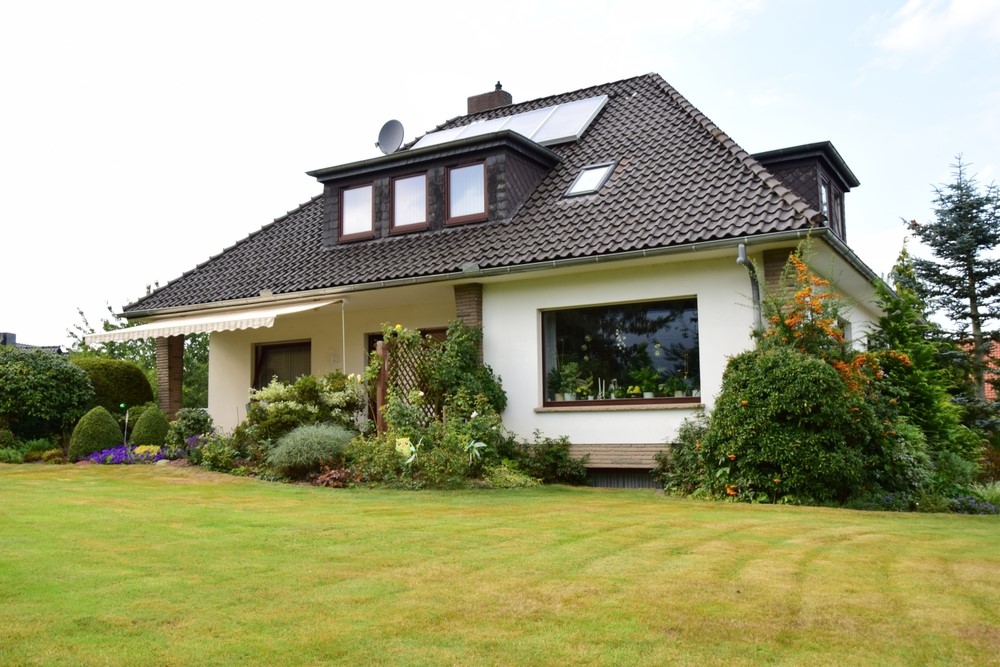 | Hip Roof: With slopes on all four sides, hip roofs offer excellent stability and wind resistance. They are particularly well-suited for areas prone to hurricanes or strong winds. Hip roofs also tend to have a more complex construction, adding to their visual interest. According to the Insurance Institute for Business & Home Safety (IBHS), hip roofs can withstand wind speeds of up to 130 miles per hour, making them a resilient choice for storm-prone regions. (IBHS, 2023) |
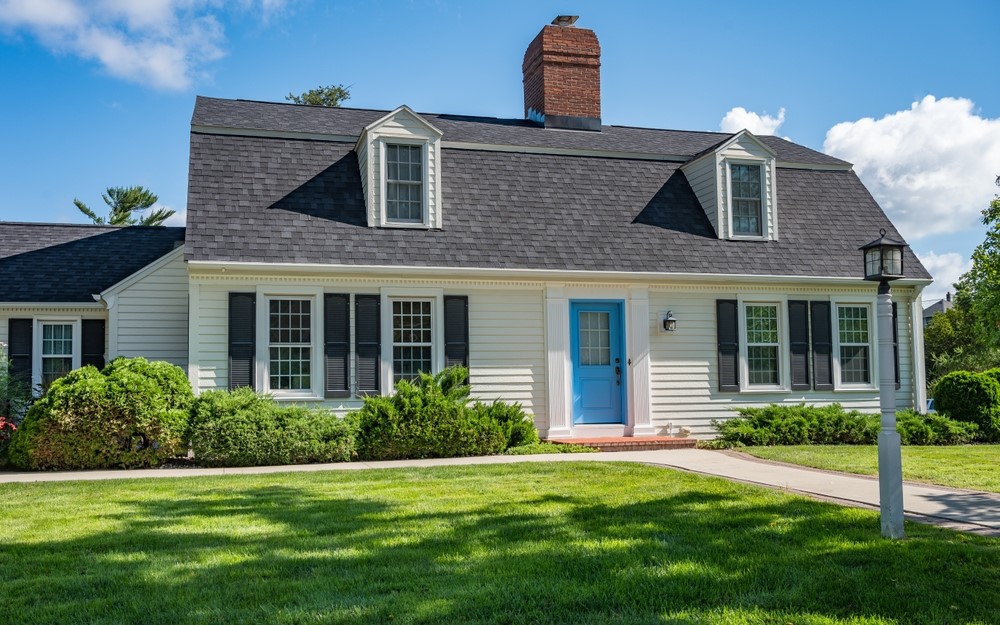 | Gambrel Roof:Often associated with barns and Dutch Colonial architecture, gambrel roofs feature a distinctive double slope on each side. This design creates more space in the attic or upper level of the home, making it a practical choice for those seeking extra living space. A study by the National Association of Home Builders found that gambrel roofs can increase usable attic space by up to 30% compared to a standard gable roof. (NAHB, 2022) |
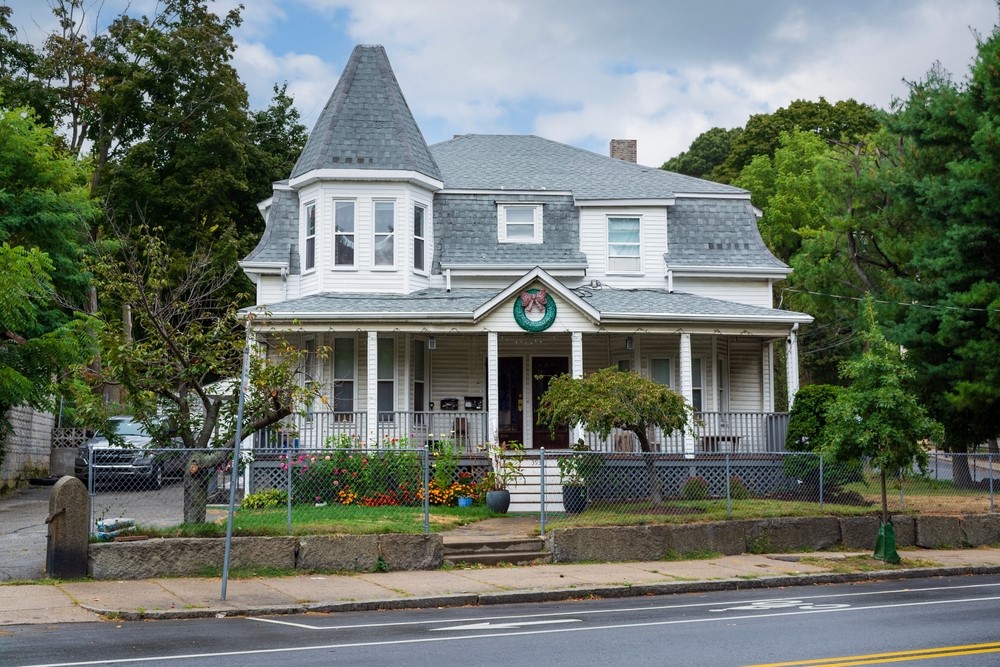 | Mansard Roof: Originating in France, mansard roofs are characterized by their dual slopes on all four sides, with the lower slope being steeper than the upper slope. This design creates a spacious attic or top floor, often used for living quarters or storage. Mansard roofs were a popular choice during the Second Empire architectural period in the United States, gracing many Victorian-era homes. (National Park Service, n.d.) |
According to a survey by the National Association of Home Builders, gable roofs remain the most popular choice among homeowners, accounting for over 60% of new home construction. (NAHB, 2024)
Embracing the Future: Modern Roof Styles Take Center Stage
Modern roof styles often break from traditional conventions, embracing innovation, clean lines, and minimalist aesthetics. Here are a few examples:
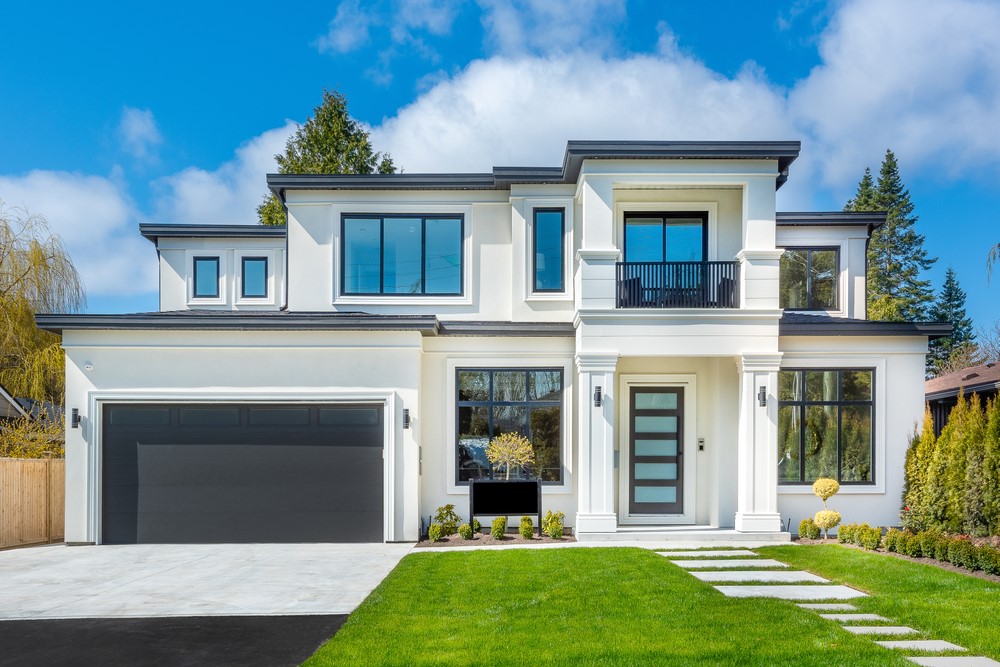 | Flat Roof: While technically not completely flat, flat roofs have a very low slope, often less than 10 degrees. They are commonly found on contemporary homes and commercial buildings, offering a sleek and minimalist look. Flat roofs also provide opportunities for rooftop gardens, decks, or solar panel installations. A study by the Lawrence Berkeley National Laboratory found that cool roofs, which are often flat roofs with reflective surfaces, can reduce cooling energy use by 10-15%. (LBNL, 2021) |
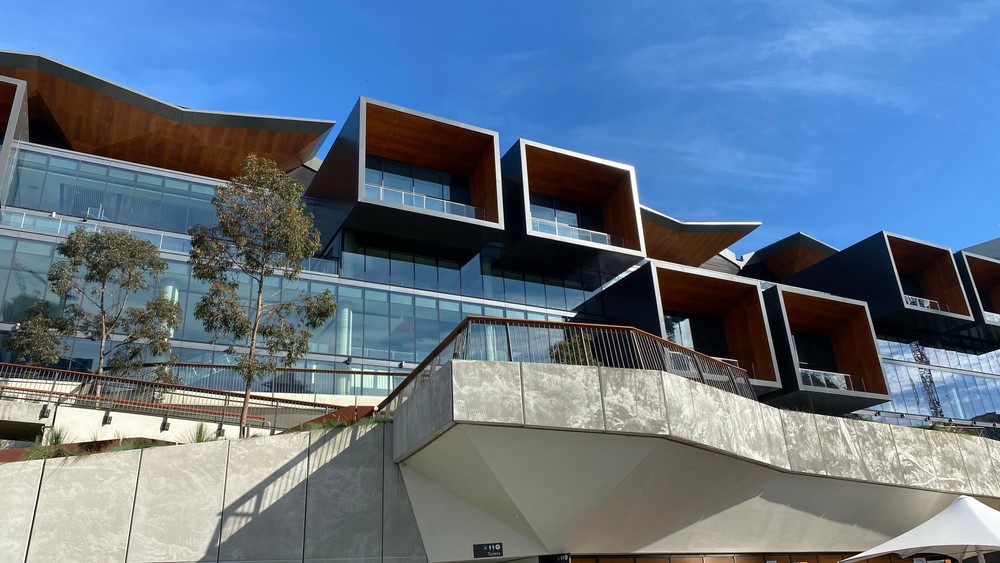 | Butterfly Roof: Resembling the wings of a butterfly, this unique roof style features two sloping surfaces that meet in the middle, creating a V-shape. Butterfly roofs are known for their modern aesthetic and their ability to maximize natural light and ventilation. They are often favored by architects for their ability to create dramatic, open living spaces and integrate seamlessly with the surrounding landscape. |
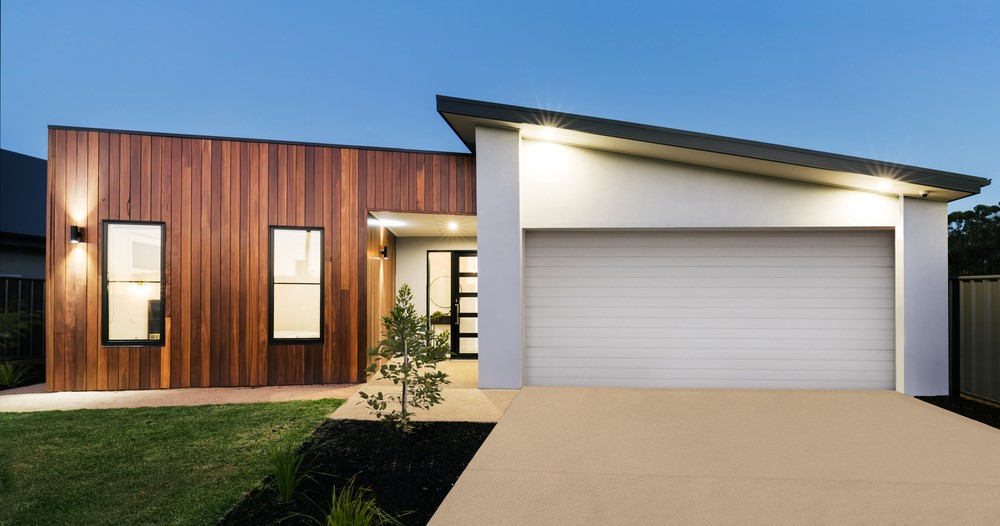 | Skillion Roof: Also known as a shed roof, skillion roofs have a single slope that extends from one wall to another. They are often used for additions, porches, or contemporary homes with a minimalist design. Skillion roofs are simple to construct and can be very cost-effective. According to HomeAdvisor, the average cost to install a skillion roof is between $4 and $12 per square foot, making it one of the most affordable roofing options. (HomeAdvisor, 2023) |
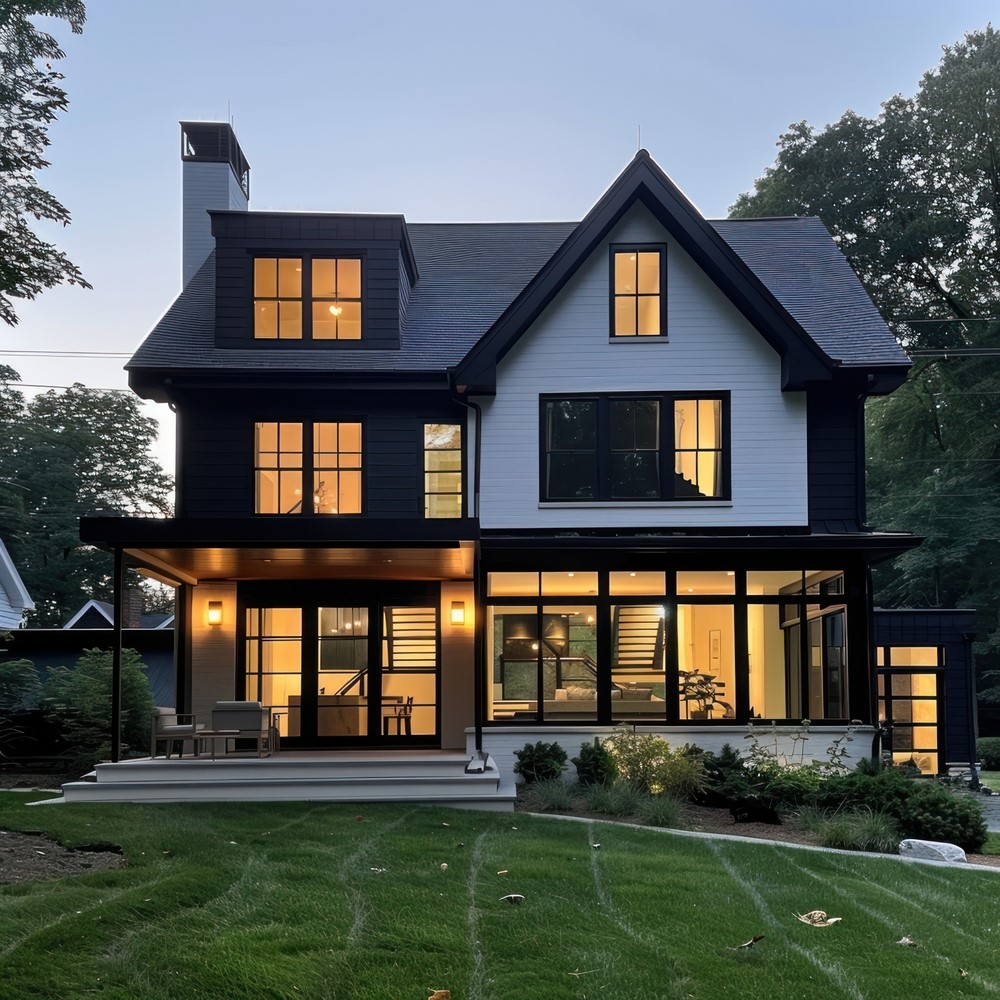 | Combination Roofs: Many modern homes feature a combination of different roof styles, creating a dynamic and visually interesting design. This allows architects and homeowners to blend traditional and modern elements, achieving a unique and personalized look. A survey by the American Institute of Architects found that 75% of architects reported an increase in client requests for combination roofs in recent years, reflecting a growing trend towards personalized home design. (AIA, 2023) |
What if you could combine the charm of a traditional gable roof with the sleekness of a modern flat roof? Combination roofs offer endless possibilities for creating a unique and personalized design that reflects your individual style.
Choosing the Right Roof for Your Home
Selecting the ideal roof style for your home depends on several factors, including:
- Architectural Style: The roof should complement the overall architectural style of your home. A traditional home might benefit from a gable or hip roof, while a modern home might be better suited to a flat or butterfly roof.
- Climate: Consider the weather conditions in your area. Gable roofs are excellent for shedding snow and rain, while hip roofs offer superior wind resistance.
- Functionality: Do you need extra living space in the attic or top floor? Gambrel and mansard roofs offer increased headroom and usable space.
- Personal Preference: Ultimately, the choice of roof style is a matter of personal taste. Choose a style that reflects your aesthetic preferences and complements your vision for your home.
Your roof is more than just a shelter; it's a statement about your style, your values, and your vision for your home. Choose a roof that reflects your unique personality and enhances your life for years to come.
Tags
Subscribe to Integrity Home Exteriors's Blog
